It’s snake time of the year! Flower pots, piles of garden leaves, rubble heaps and discarded pipes are a few of the places where snakes feel safe. During the rainy season, they leave their often water-logged hideouts to get some warmth in the sun, which is why we’re more likely to see them in our urban habitats at this time.
We often see the staff of Panvel Municipal Corporation (PMC) working in areas where snakes are known to be found, and this was something that had been bothering us for a while. Whether sweeping the streets, or clearing the weeds on the footpaths or maintaining the plants in the gardens, the staff is regularly exposed to the danger of encountering snakes, scorpions and other potentially dangerous creatures.
Awareness session for PMC staff
A few days ago, Kharghar Taloja Citizens Welfare Association (KTCWA) along with Snake Awareness Association and Wildlife Rescue Center (SAAWRC) organised an awareness program for the PMC staff. The session was conducted by Mr Raghunath Jadhav, Chief Coordinator of SAAWRC, along with me, and about 80 PMC staff were able to attend it.
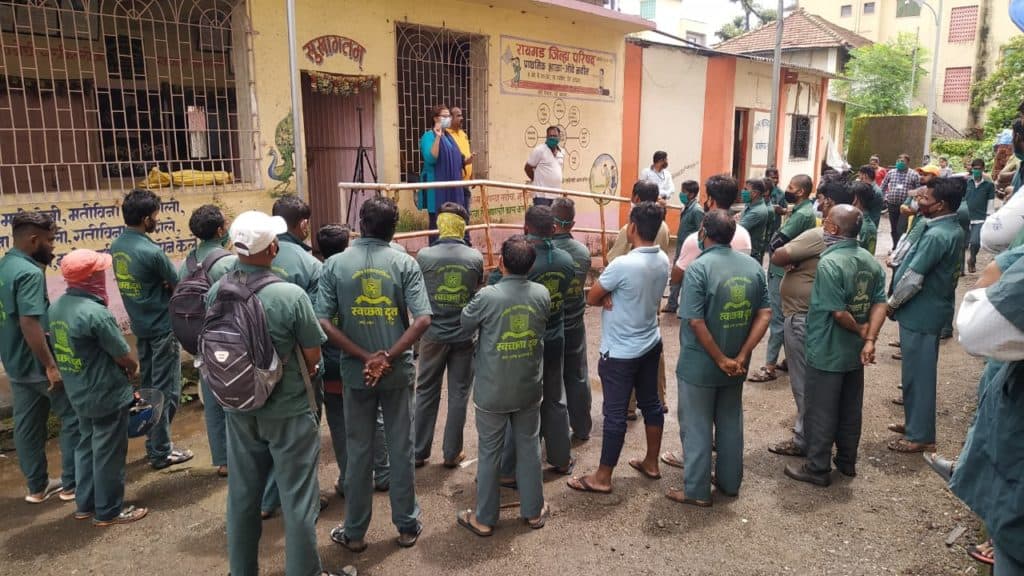
The session included:
- Snake identification
- Myths and superstitious beliefs about snakes
- Gear, equipment and precautions while working/being present in snake-prone areas
- Snake protection laws
- Snake bites and what to do
- Role of snakes in the ecosystem
- Useful contacts that can help in snake rescue.
It was heartening to see the interest among the workers who enthusiastically participated by asking many questions. We realised that myths, superstitious beliefs and misconceptions about snakes are highly prevalent and are hopeful that our effort will help the staff to prevent any injuries to themselves and the snakes, in future.
Read more: Bats in our backyards. Are they dangerous?
Advantages of being able to identify a snake
The main reason why people are scared of snakes is because they bite and their venom can cause death or they can swallow us up. Not all snakes are venomous, so it greatly helps if one can identify the snake.
In case someone has been bitten, knowing the species of snake, will guide in quick and successful treatment increasing chances of survival.
Do not hit or harm the snake, or try to catch it if you are not trained. Every species of snake behaves differently and strikes at different angles, so it is best to rely on expert help to handle and catch a snake.
If the snake is in a closed space. place a moistened jute bag near it. This calms the snake and will make it stay in one place. If it is a non-venomous kind just stay away and let it go as it will do no harm. If it is a venomous snake or one you cannot identify, it is best to keep a watch on it while you call for help.
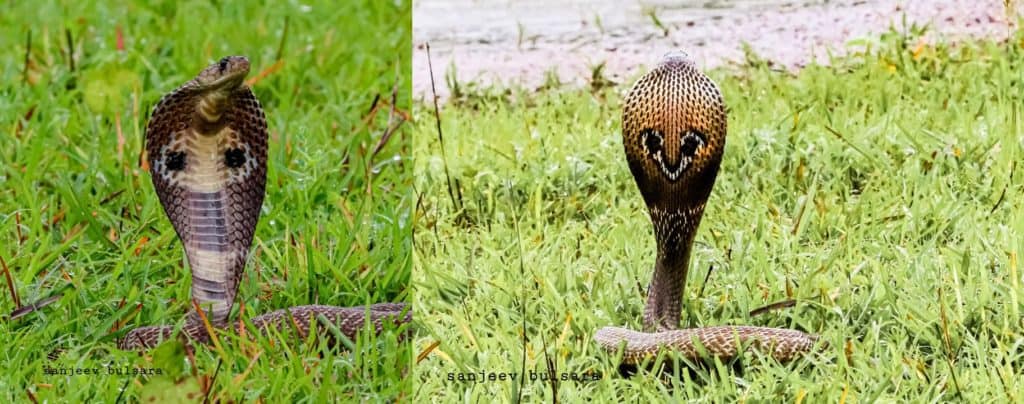
There are over 3,000 species of snakes in the world, of which only about 270 have been recorded in India. The snakes commonly found in Maharashtra are:
| Venomous snakes | Non-venomous snakes |
|---|---|
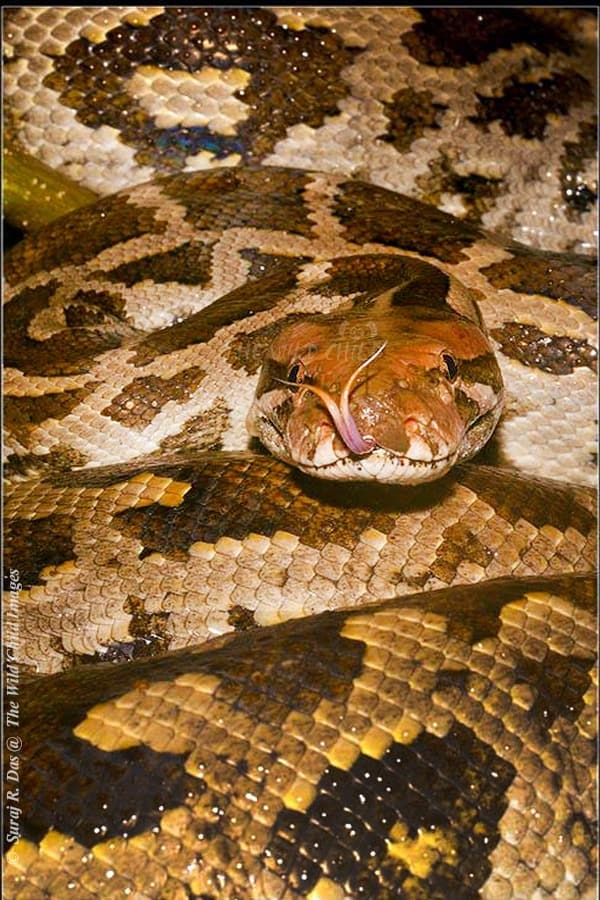
Myths that are just myths
These are some of the common myths/beliefs that are all untrue:
- Snakes avenge the death of other snakes
- Snakes drink milk
- Snakes hear music
- Snakes pierce through eyes
- Snakes sting with their tails.
Every year, World Snake Day is observed on 16th July, to improve awareness about snakes. On this occasion this year, the urban wildlife conservation and rescue organisation, People for Animals (PFA), Bangalore put out posts on social media, debunking three common myths, all of which we have possibly heard ourselves.
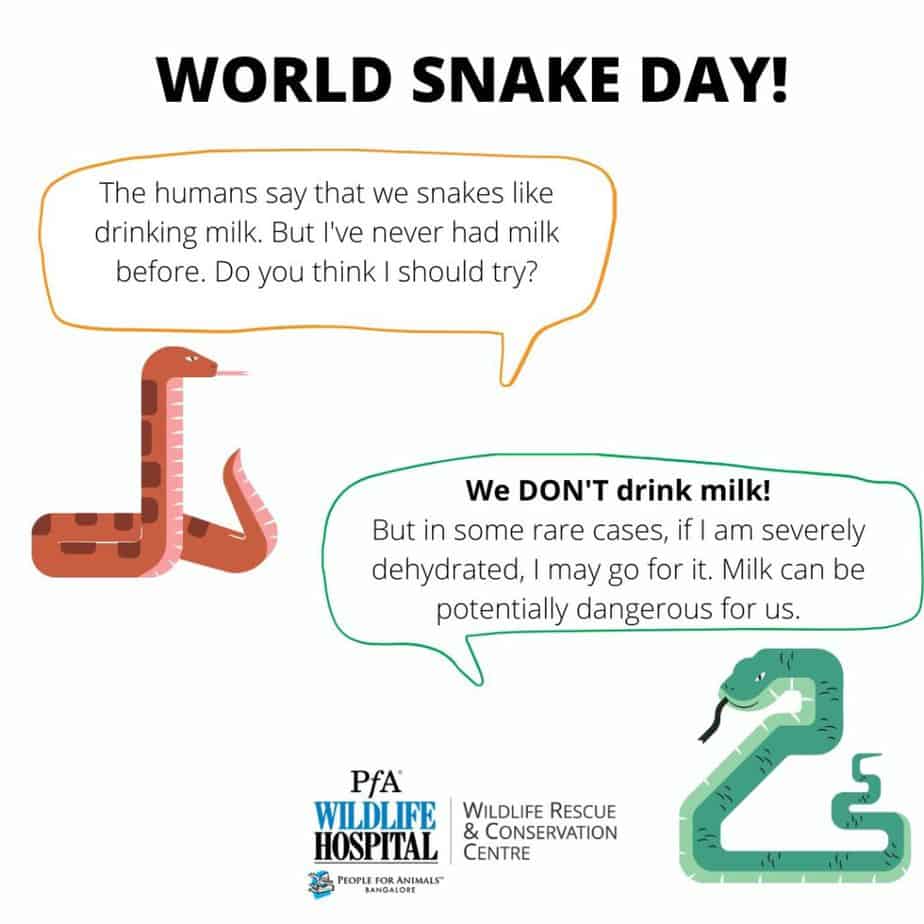

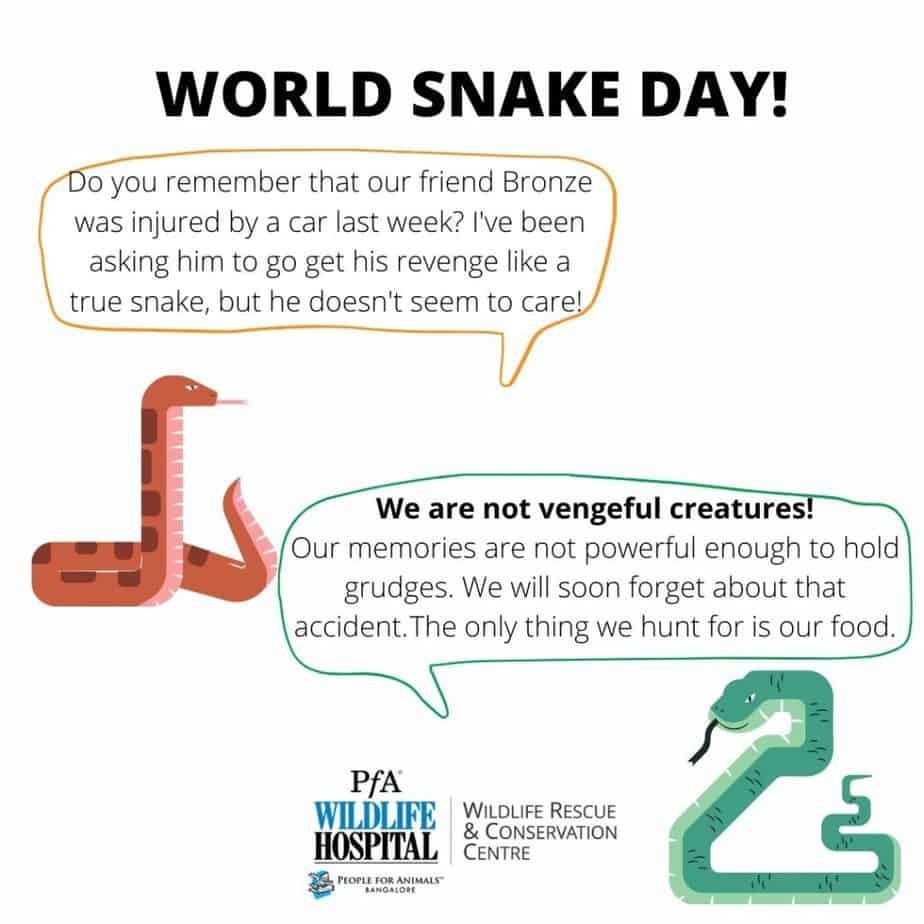
Gear, equipment and precautions
People who work in snake habitats should ensure they are appropriately equipped for the job. Gloves and gumboots are the basic PPE for sweepers, cleaners, gardeners, diggers, debris workers, and the like. Even if the person is inadvertently struck by an unseen snake, the hands and feet are well protected with these. Apart from live creatures, they also prevent injury due to sharp and corrosive materials that may be encountered. Many workers feel hindered when wearing protective gear, so it is sometimes a difficult task to get them to use it. It is a question of making it a habit and showing them that they don’t need to wear them at all times – just when performing certain tasks.
Shovels and long handled tools (and simple sticks) are useful when rummaging in bushes, debris, holes, etc. People should not blindly put their hands in places that they cannot directly see. Imagine putting your hand in a bush inside which a snake is lying! Always, first disturb the bush to give the creature time to show itself. This would also apply to children searching for a ball in the bushes. Never use bare hands to reach out to the ball in a bush; always use a stick to push the ball out instead.
Tips that campuses can use, to be snake prepared
A friend of mine shared the advice given by Bangalore-based herpetologist, Anees who had visited their apartment complex and gave suggestions on-site, a few years ago. Subsequently, their apartment garden was modified and they have been better prepared. There are some general tips relating mostly to the garden and housekeeping that can be used by any campus (society, bungalow, layout, etc.) in India. Snakes cannot really be stopped from entering, but the place can be made unfriendly towards them so that they prefer not to enter and even if they do, they are spotted before they may react and bite.
- Clear out all the thick bushy plants. They are good hiding places for snakes.
- All plants should be clear (leaf-free) for 2ft from the ground.
- Minimum 3ft to 4ft gap should be given between two plants.
- No thick grass/bush should continue for more than 2ft stretch.
- There should be no grass near any walls/steps.
- Lemon grass kind of bushy plants, if required to be planted, should be potted in a 2ftX 2ft pot.
- All empty pots should be kept in a clean and clear area turned upside down.
- Periodically, clear the debris everywhere inside the campus. Material like pipes, cement blocks, etc are good hiding places.
- Water tanks and all tanks should be closed at all times and there should not be any gaps in them.
- Pest control should try to eliminate rats as they attract snakes. Further all rat holes in the garden should be cleaned out and closed. Conversely, snakes keep rats away so if you do happen to have rats, it helps to have a harmless snake around.
- Sidewalk and driveway stones should be painted white. Snakes do not see well, but they avoid white bright areas and even if they do go there, they can be easily spotted.
- Look outside the building compound. If there is debris lying around which could be a nesting place for snakes, it should be cleared.
- Shedded snake skin is an indicator that a snake has visited the area. If one snake/baby snake was spotted, it is likely that there are several babies/mother in the vicinity. People need to keep their eyes open.
Snake protection in India
Under the Wildlife (Protection) Act, 1972, snakes are protected the same way as any wild animal. Hunting of snakes and possession of protected snakes, body parts and venom are offences that are punishable under the Act.
In some parts of India, snakes are worshipped, so there is a natural feeling of protection that people have for snakes. Most violence towards snakes is caused by fear.
Handling snake bites
It is estimated that about 46,000 deaths in India every year, are due to snake bite.
A snake bite is characterised by two adjacent holes/punctures (in venomous snakes) or teeth marks (in non-venomous snakes). Venomous bites usually turn red and swell up, but it may not always be the case. It is important to treat snake bites on an emergency basis as they could be fatal. However, till proper help arrives, or till the time the person can be taken to the hospital, there are a few things one can do:
- Keep the victim in a position where the bite is below the level of the heart to prevents the venom from moving to other parts of the body.
- Tie a cord or bandage tightly above the bite to prevent the venom from spreading
- Try to stop a the bleeding by pressing a clean cloth or cotton on the wound. Clean the wound with soap and water and dress it.
Knowing which snake species made the bite can help the medical team in administering anti-venom if required. If you have observations of the snake or could take a picture, share it with the doctor.
Role of snakes in the ecosystem
Snakes are considered to be friends of the farmers. They are natural pest control keeping rodents and other pests away from the crops, eliminating the need for the use of dangerous chemicals. This is true in urban settings as well. By controlling certain rodent populations, snakes keep the spread of human diseases in check – such as the Lyme disease caused by ticks.
Apart from being predators, snakes are preyed upon, serving as food for large birds, mammals and other creatures.
Snake venom is essential to make life-saving anti-venom. So dwindling snake numbers in the wild is to the disadvantage of humans as we will not have anti-venom to treat bites for those species.
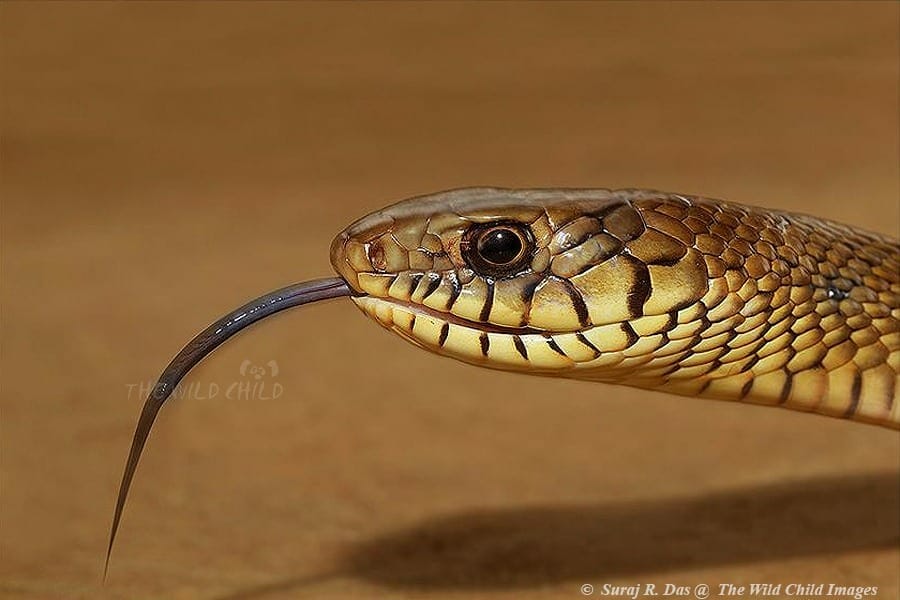
Snake rescue contacts in Mumbai/Navi Mumbai
- Raghunath Jadhav – Snake Awareness Association and Wildlife Rescue Center (SAAWRC) – 8652007600
- Resqink Association for Wildlife Welfare (RAWW) – 7666680202
- Spreading Awareness on Reptiles and Rehabilitation Programe (SARRP) – 9821134056, 9769335531
- Bharat – 9819319451
- Suresh Karat – 8691977404
- Chetan Pawar – 9920119011
- Raju Koli – 9892379224
Let us spread awareness on snakes so we can live in harmony with them and coexist in this world where we have taken their space.